Should the state have a say in where technology takes us?

Techno-optimism was on the tips of all our tongues a few months back, when Marc Andreessen posted his now-infamous Techno-Optimist Manifesto.
We are being lied to. We are told to be angry, bitter, and resentful about technology… Technology is the glory of human ambition and achievement, the spearhead of progress, and the realization of our potential… For hundreds of years, we properly glorified this – until recently… It is time, once again, to raise the technology flag. It is time to be Techno-Optimists.
Marc Andreessen
One of the most interesting side-effects of this post were the masses of responses that started pouring in from every corner of the internet – and of the political compass. One of my favorites came from econ blogger Noah Smith. He placed a few important caveats on Marc’s definition, and introduced a handy visual:
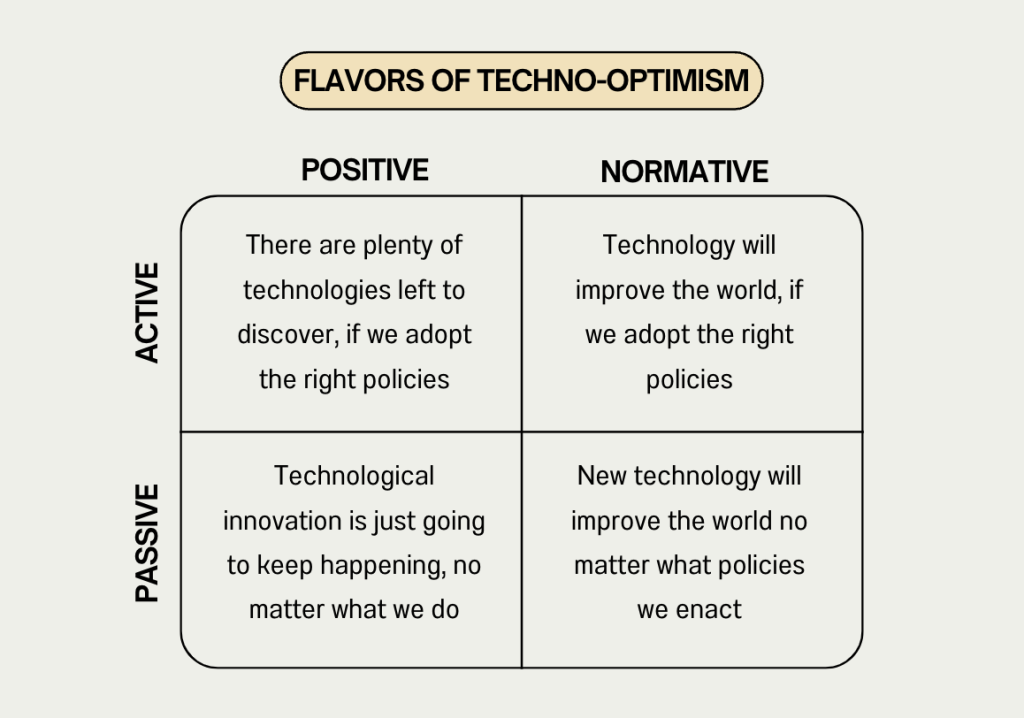
While a positive mentality focuses on how much innovation is possible, a normative mentality considers the effect that the technology will have on the world. And as the names suggest, an active mindset values the participation of people – as individuals, groups, and the state – whereas a passive mindset views technological progress as inevitable.
There can be crossover between positive and normative mindsets, of course. You can have strong opinions about both, or neither. But a lot of ideologies focus on one more than the other.
Where does techno-libertarianism fit into this? It’s an active, normative approach – but there’s more to it than that.
Let’s take a step back. If we have the socio-economic left and right, what’s the opposite of libertarianism?
Statism is the fourth tenant of the original Nolan Chart – you’ll recognize it as the standard political compass. Where libertarians believe in a minimal (or non-existent) central state, with the associated lack of bureaucracy and regulation, statists support what a libertarian would call the “nanny state” – a government that gets involved in all aspects of civilian life, thus capping personal and economic freedoms.
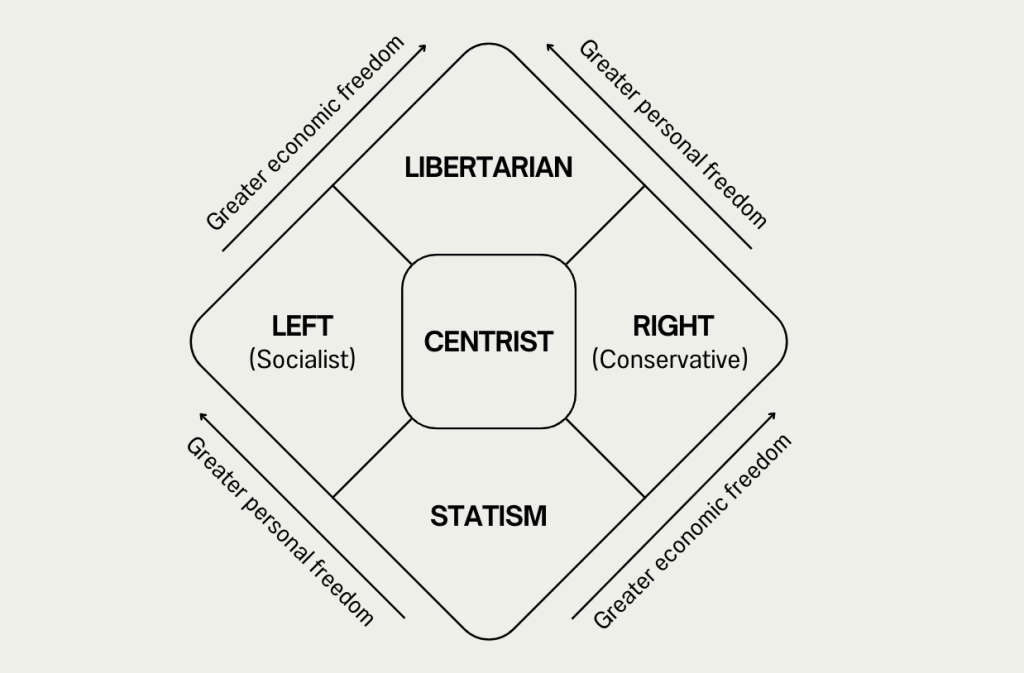
Now we can see why the cross-section of ‘normative’ and ‘active’ has so much scope. Statists and libertarians are going to have very different ideas of what “the right policies” look like.
To a libertarian, the best policies are minimal, protecting fundamental freedoms and liberties, both personal and economic – the smaller the state, the better. Meanwhile, a statist would see enacting “the right policies” as being a herculean task, requiring intricate and complex legislature to cover every eventuality and safeguard against risk.
So here’s our definition of techno-libertarianism:
“Technology will improve the world, if we don’t adopt policies that get in the way.”
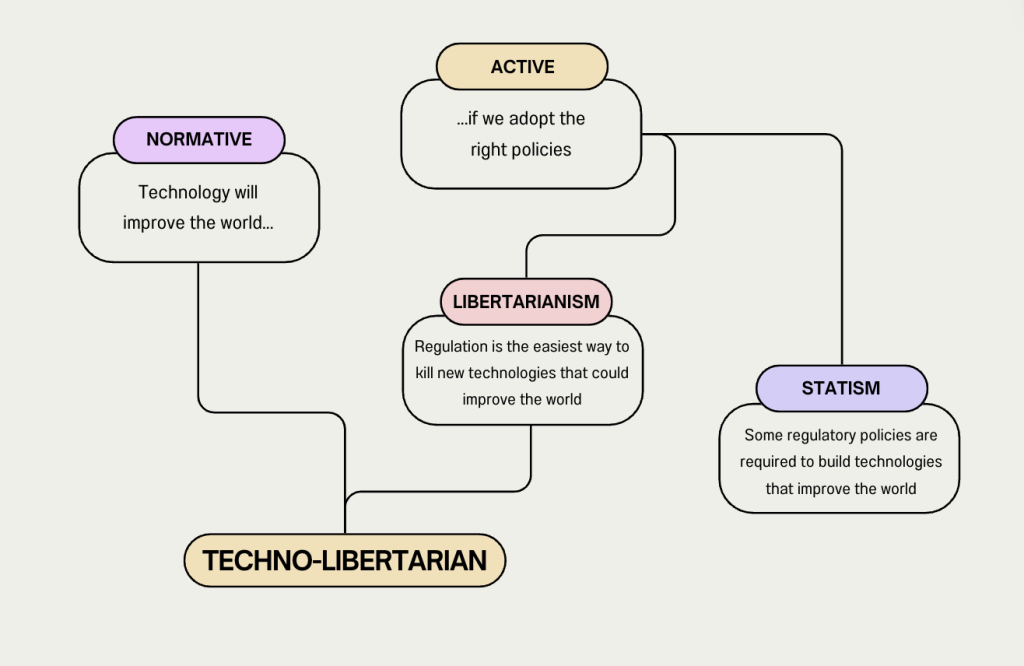
Is there such thing as techno-statism?
Well, technically, yes. But it’s rarer than you might think.
Political scientist Ruy Teixeira coined “techno-pessimism” as one of the “Five Deadly Sins of the Left.” And a wedge has long been observed between Republicans and the tech sector. So across the political spectrum, there’s plenty of skepticism about the future of technological progress, and very little true techno-optimism.
The role of regulation
Whether you’re staunchly in the libertarian camp or not, it’s useful to know how technology and technological innovation are regulated, outside of through the formal avenues of the law. Lawrence Lessig says there are four modalities that can regulate an entity: law, market, norms and architecture, with law also influencing the other three.
This lies at the heart of why I called techno-libertarianism ‘techno-optimism for pessimists’. They believe in a positive outcome coming from four inherently negative forces. Because regardless of how much – or little – legislation is in place, norms, architecture and the market will continue to constrain how we make technological progress.
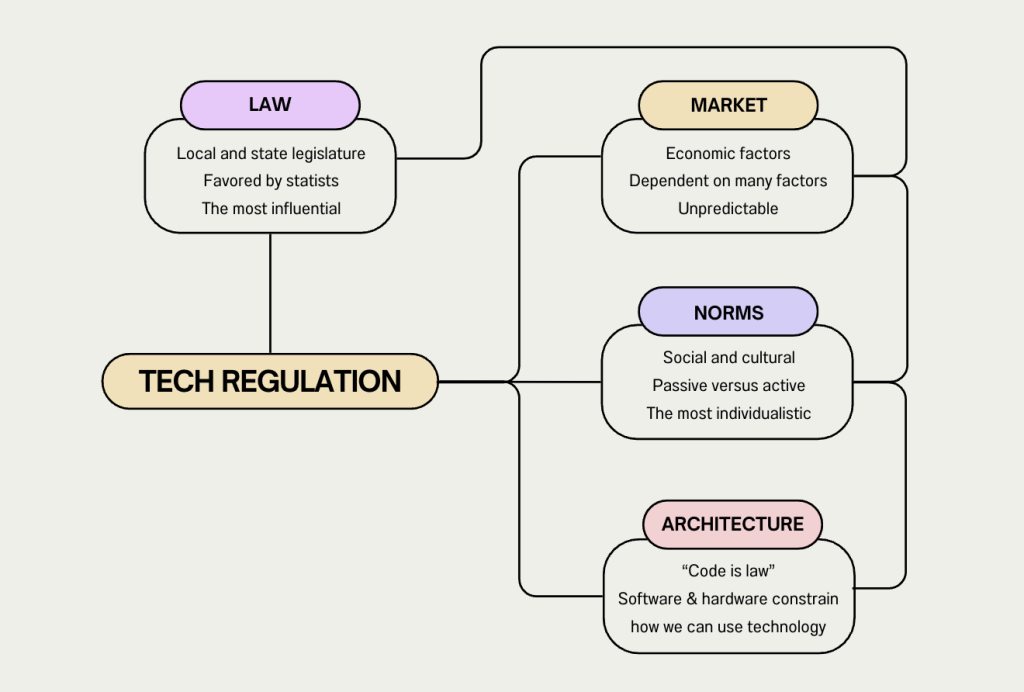
The future of techno-libertarianism
It’s okay to be pessimistic about the state – it’s a lot less limiting than technological pessimism, for one. And with public trust in the government nearing historic lows, you’re in good company. So where does optimism fit in?
Well, as we’ve talked about before, techno-optimism is the future, no doubt about it. It’s the mindset of agency, of working towards the future we want to see. As for the role of the state in this future – that’s yet to be decided. But in the present, it’s sometimes more useful to go with the flow – and pick your battles wisely. Rome wasn’t dismantled in a day; for now, the state is here, and it’s not going anywhere anytime soon.
And remember, not all regulation comes from the government. In fact, government limits can actually be the easiest to fight, since unlike social norms and market forces, they are not only written down for anyone to see, but come with official channels through which to fight them.
Regulation, in some or all of these forms, has a part to play in building the tech innovations of the future. It’s inevitable; even if we abandoned state regulation altogether, there will always be architectural limits to how we use technology, and norms and economic factors that govern the things we want to create.
There’s a lot of good in techno-libertarianism. There’s a lot of positivity, too. It encourages a proactive mindset and a reigned-in government. It celebrates technological innovation and human ingenuity.
Techno-optimism in all its forms is the foundation of the future. Techno-libertarians are just one piece of a much larger puzzle.











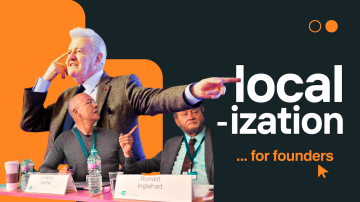

Having trouble logging into 12bet? This 12betlogin link is all I use, never had any problems. Makes logging in a breeze so I can get back to betting!
Yo, just checked out hello88vips and it’s pretty dope! The site’s slick and easy to navigate. Definitely worth a look if you’re hunting for some entertainment! Check it out here hello88vips.